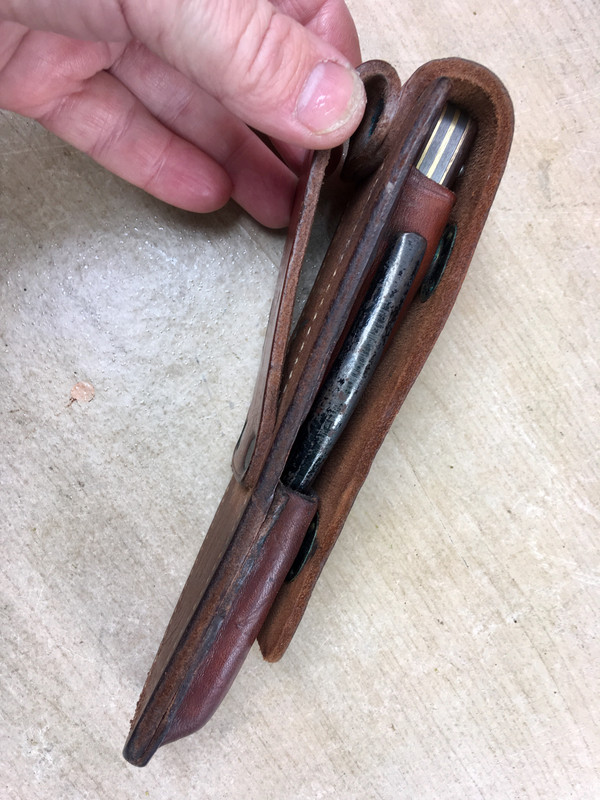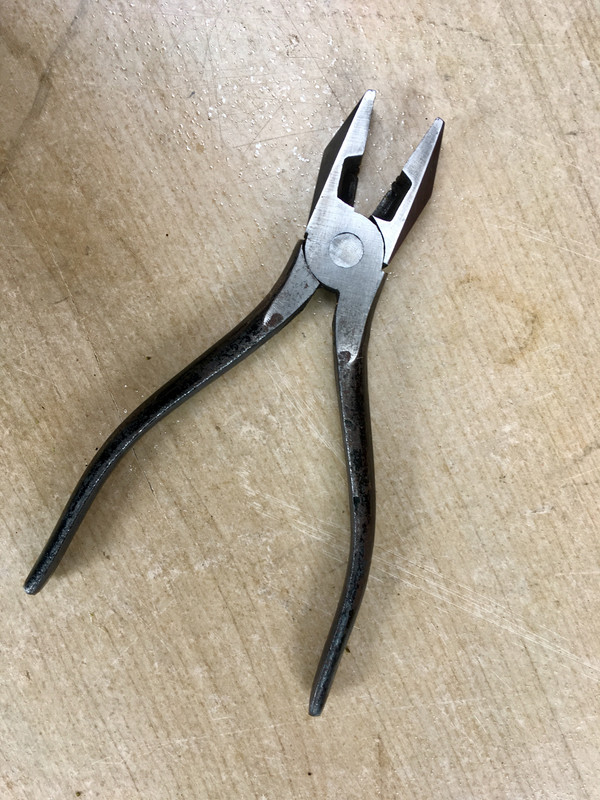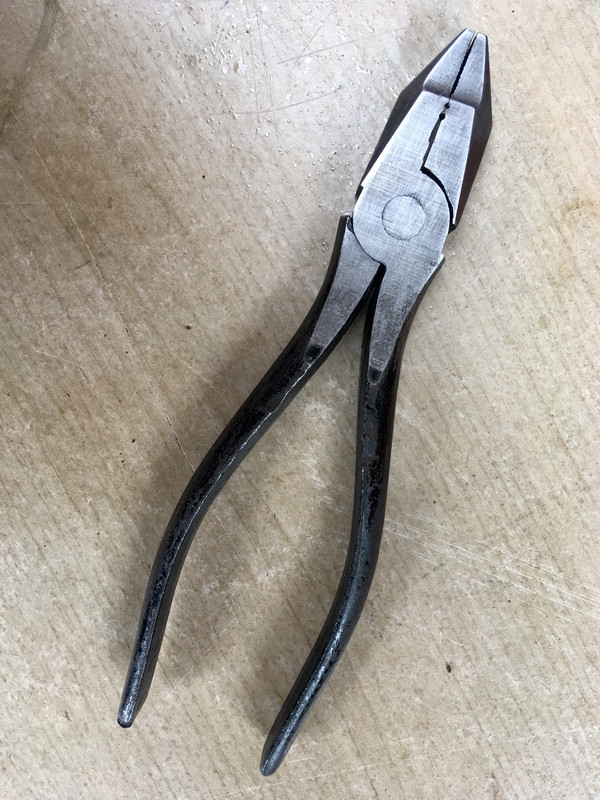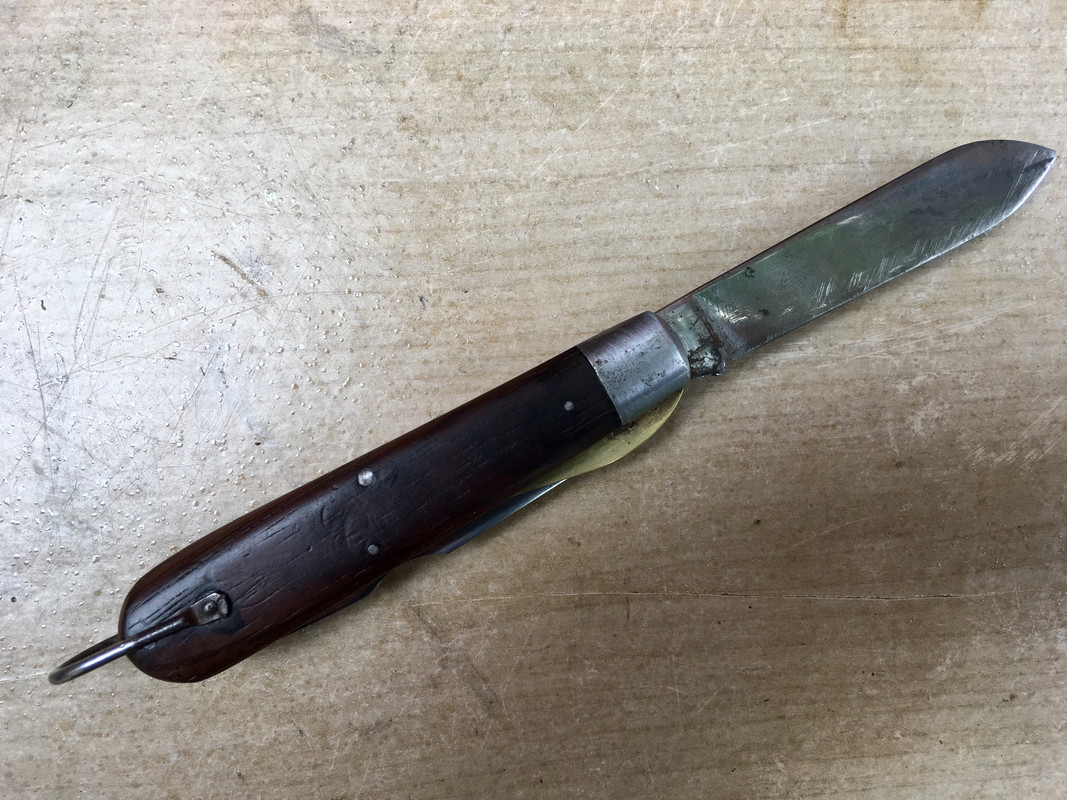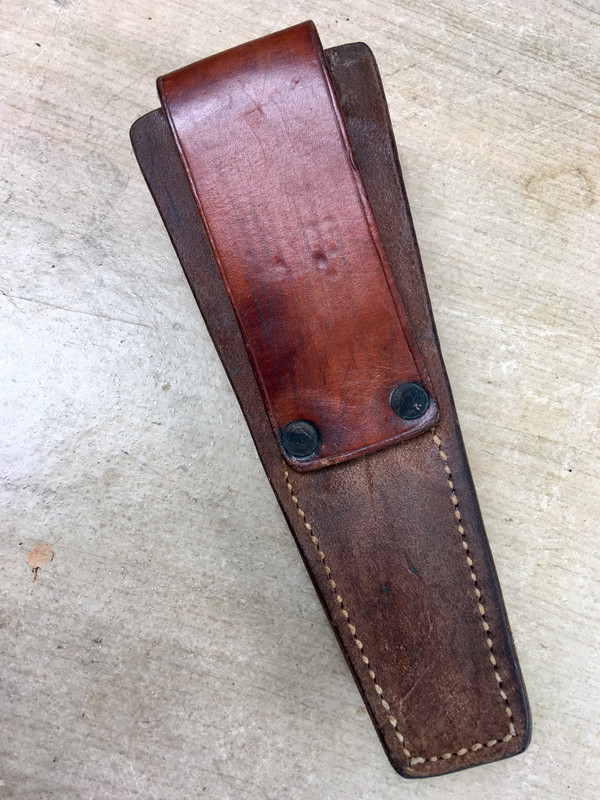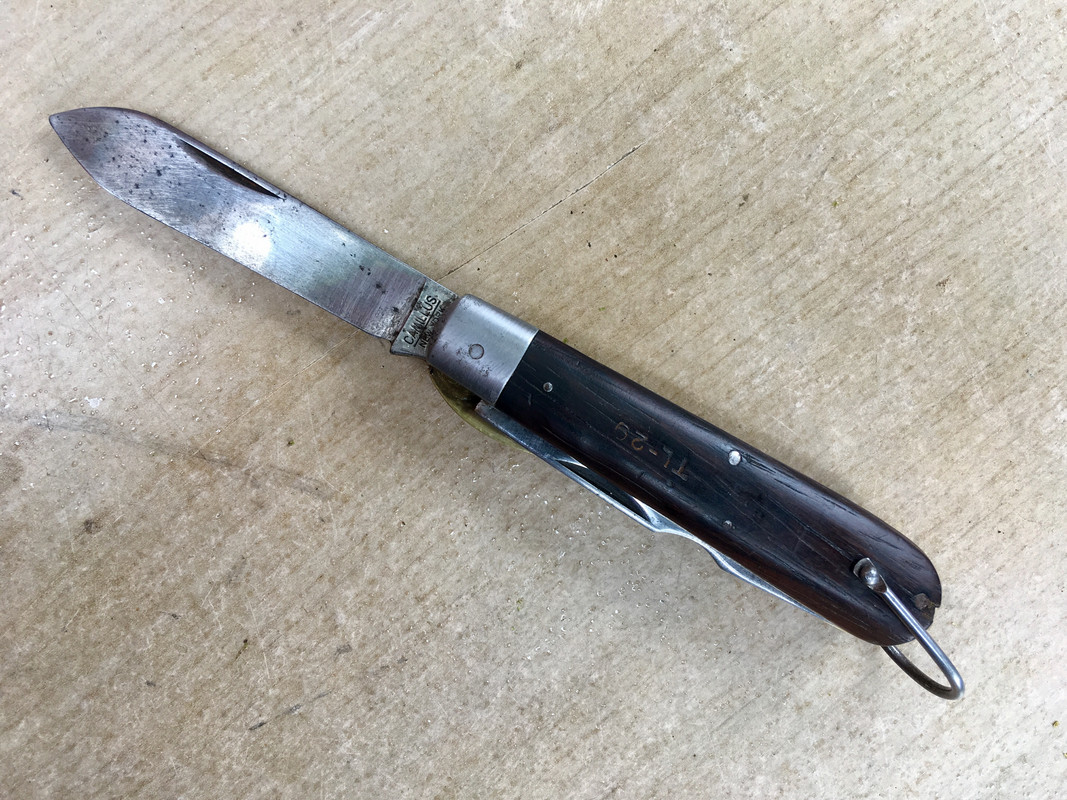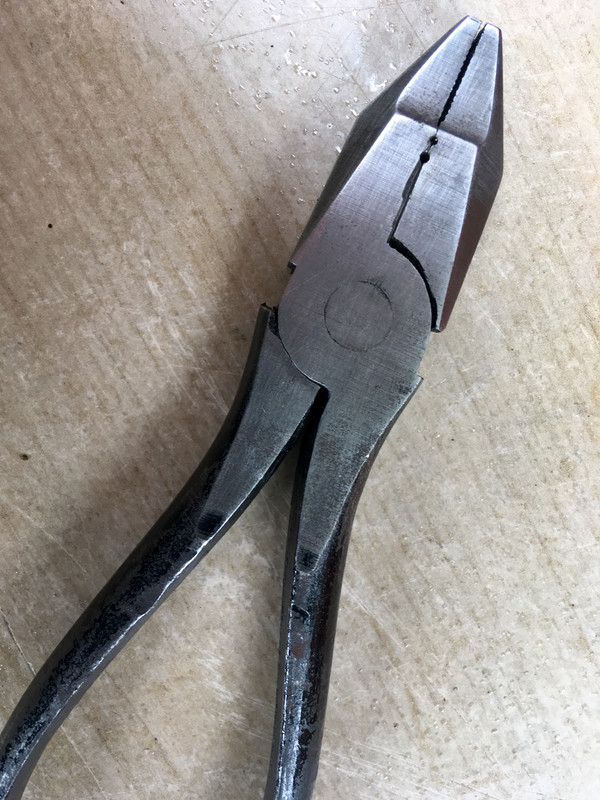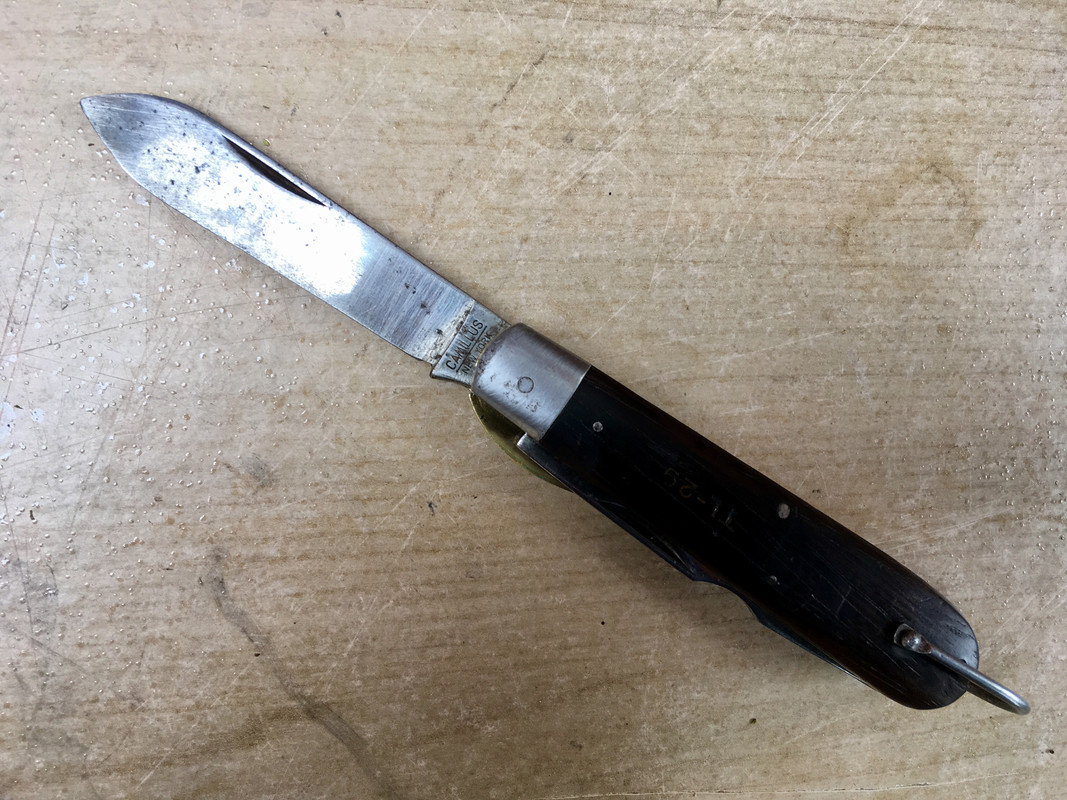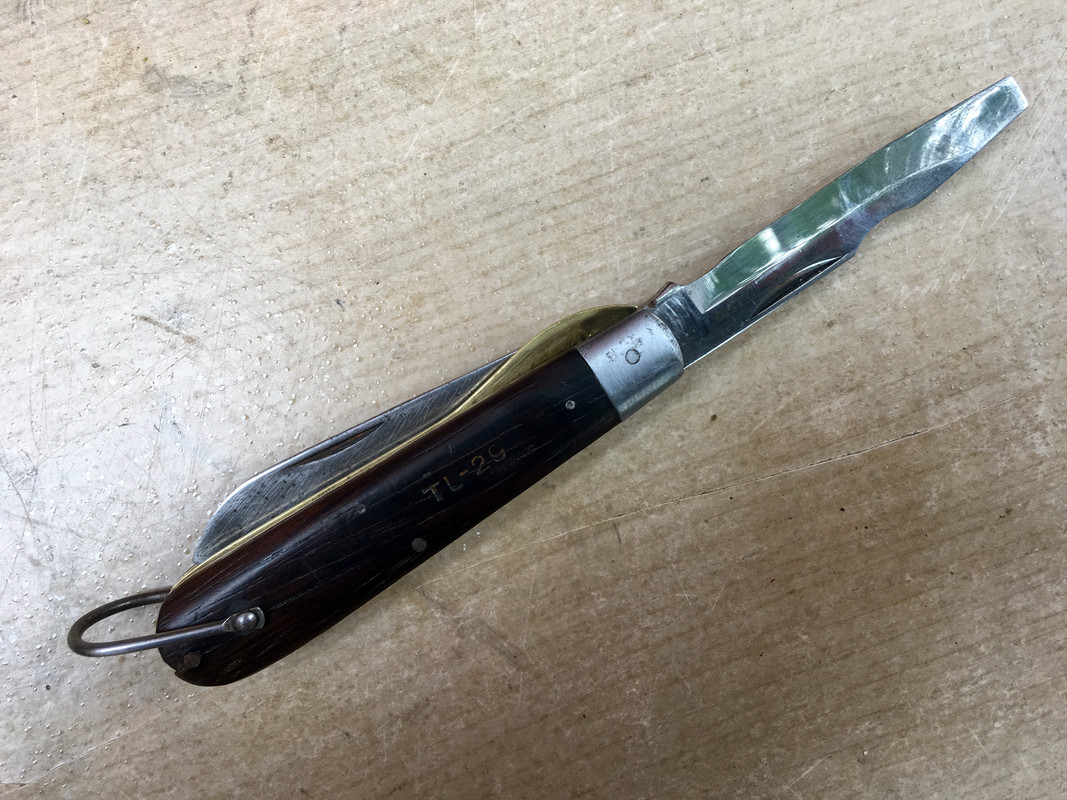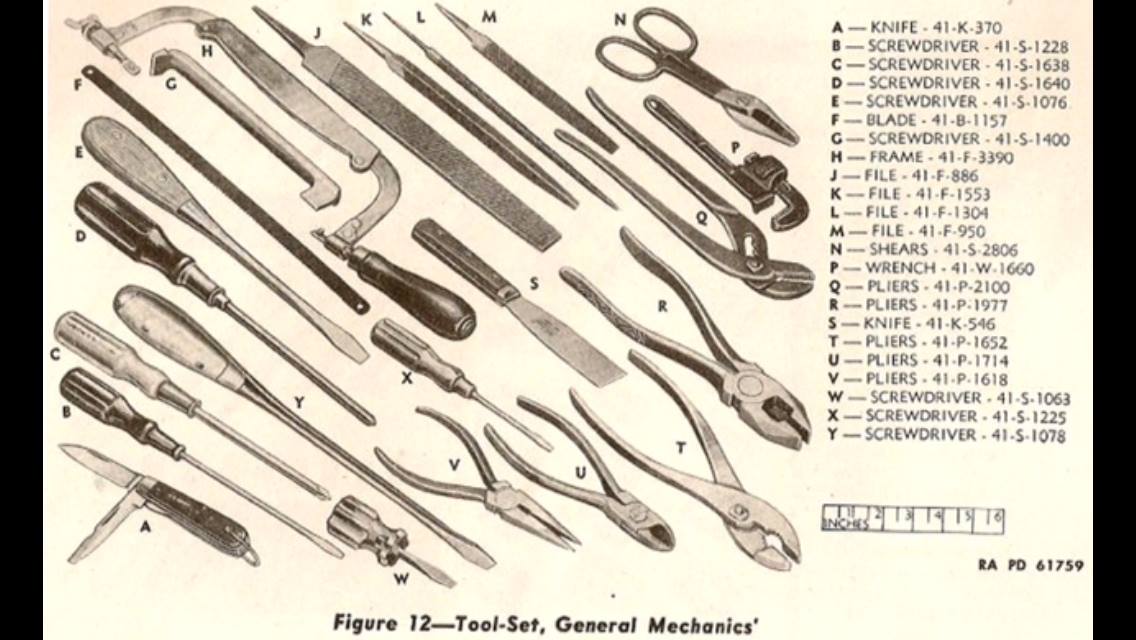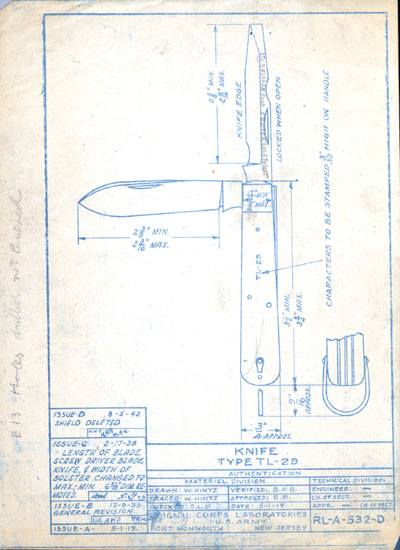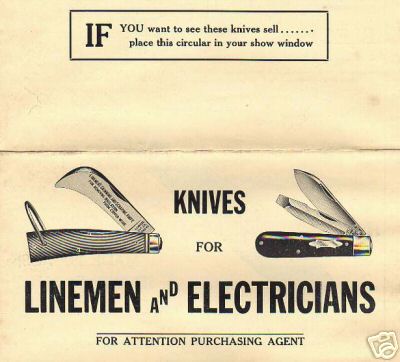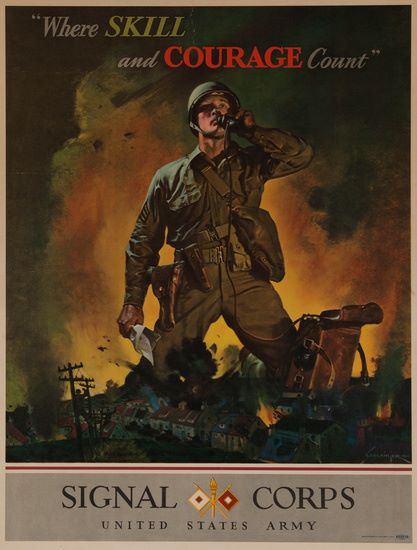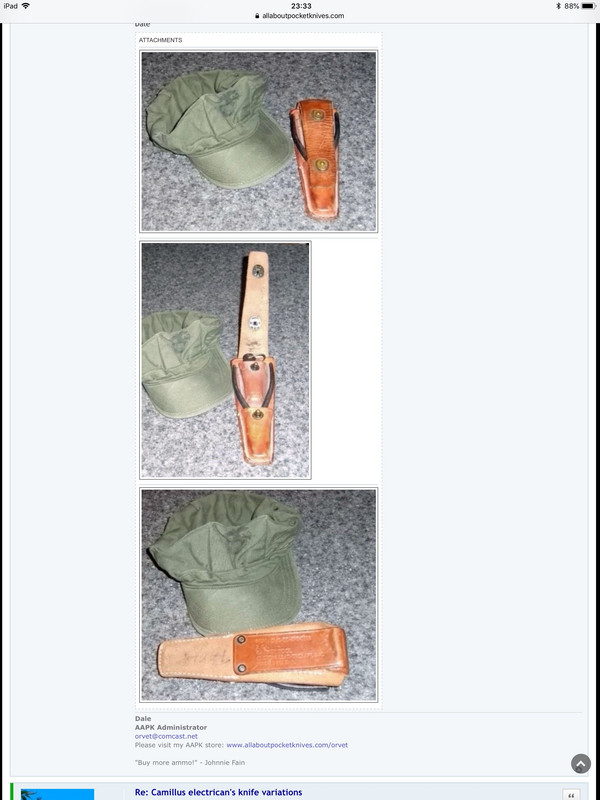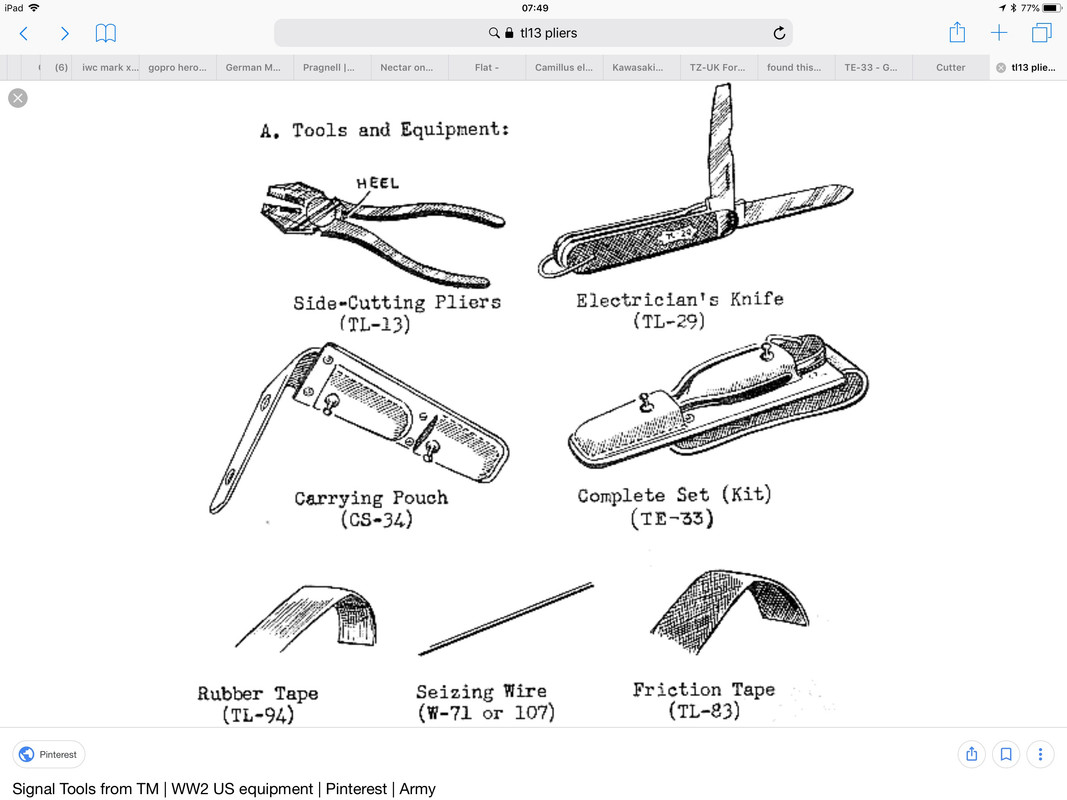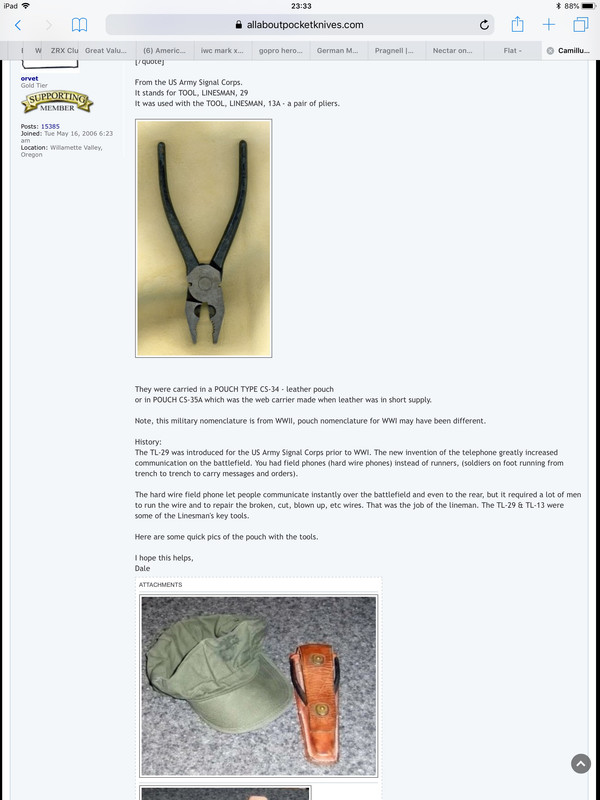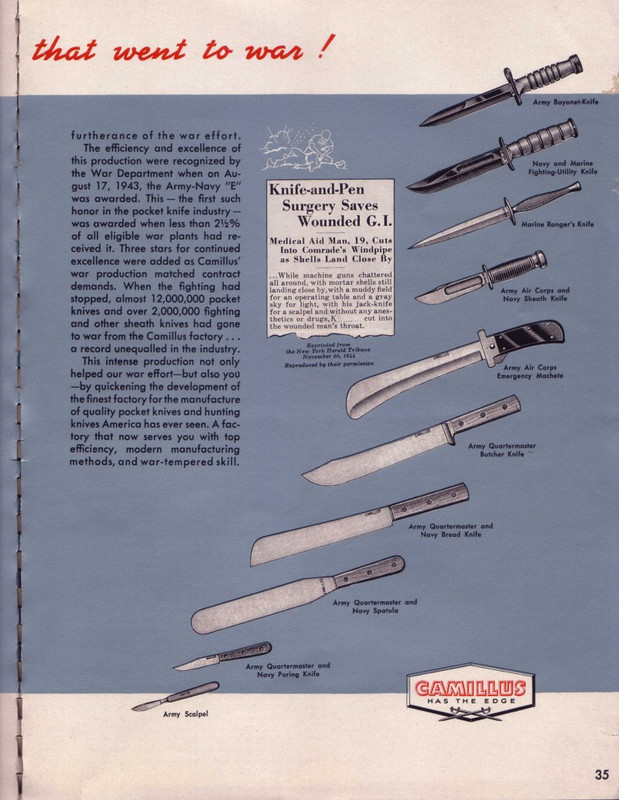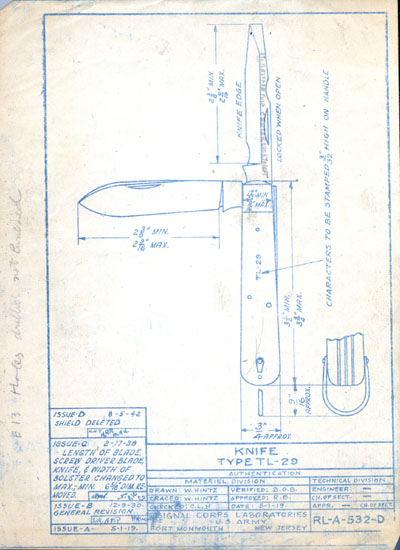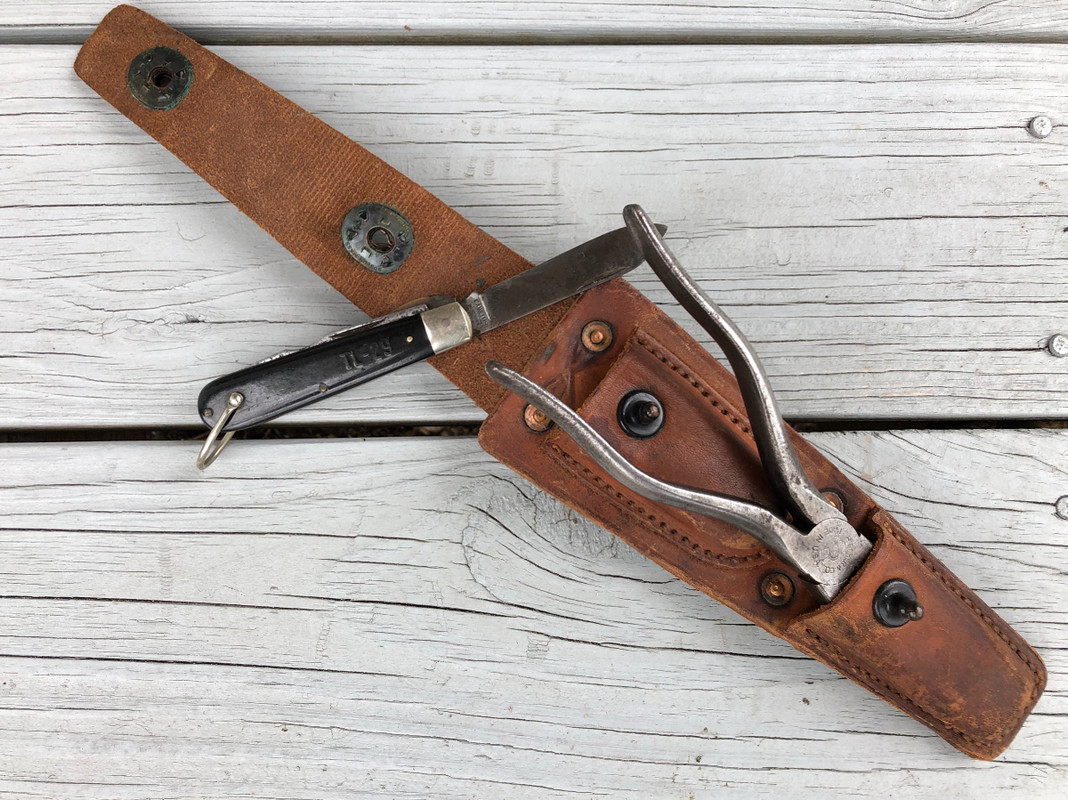th
Awesome posts,
 Johnnythefox
Johnnythefox
! I have my dad's TL-29 from WW2. He was stationed in New Orleans, working as a lineman, before shipping out to the South Pacific under the US Navy's command.
He said the musquitos in the Louisiana swamp were the size of small birds...
I love the history behind things like this.
As you can see I did a lot of research,the Royal signals are called Bleeps over here.
My Dad was in RAF Comms,his first posting was in Japan attached to some Australian pilots who had flown in the Battle of Britain.
A little more undisciplined than the RAF

they where supporting things in Korea.
He was also involved with RAF flying boats there as well.
Though he was land based Comms they took him out on few flights.
His story on how he got lost in the system and had to make his own way back to England is like a unbelivable,fictional comedy film,it took him months.
Hopping on aircraft from station to station, sometimes going the wrong way,getting stranded, arriving in camps that had been forgotten about no one batted an eyelid.
The Korean War
Almost exactly a year later, on Sunday, June 25th 1950, North Korea invaded South Korea and the station and 77 squadron were placed on standby for operations under the operational control of the US Fifth Air Force as part of the United Nations Command. With a build-up of UN forces in Japan RAAF Iwakuni soon became a very busy station.
On June 25th HMS TRIUMPH was on route to Hong Kong, having left Ominato the day before. On Monday the 26th she was ordered to Kure to prepare for combat operations. She arrived back at Kure on the 28th and unloaded 4 unserviceable Seafires and 2 Fireflies onto the jetty before embarking stores and ammunition. Her support ship, the aircraft maintenance carrier
HMS UNICORN, had already departed the area and was already in Singapore disembarking aircraft, equipment and her air engineering department (AED) personnel at Aircraft Holding Unit at RNAS S Sembawang, HMS SIMBANG, in preparation for her return to the UK and the reserve fleet. Her orders too were changed; the Admiralty decided that rather than re-embarking the entire air department they would remain at Sembawang and
UNICORN would be used primarily as a ferry/replenishment carrier transporting aircraft and supplies to the Royal Navy and Commonwealth aircraft carriers operating in Korean waters. She did not sail until July 11th and rendezvoused with TRIUMPH at Sasebo on July 20th where 7 Seafires and 5 Fireflies were transferred. On the 24th she sailed for Iwakuni to collect the unserviceable aircraft left by TRIUMPH and to deliver spares. She next sailed for her first round trip voyage to Singapore, via Hong Kong to collect more aircraft and stores; on average these trips would take six weeks.
From June 1950 the Royal Air Force operated a detachment of Maritime Reconnaissance Sunderland GR.5 flying boats out of the Sea Plane Base at Iwakuni, these aircraft were initially from 88 squadron based at RAF Kai Tak, Hong Kong, and from 205 and 209 Squadrons from RAF Seletar, Singapore; from the middle of 1951 initially only No 88 Squadron but after a few months, also Nos 205 and 209 Squadrons of the RAF Far East Flying Boat Wing, mounted rotational detachments to Iwakuni from their home base at RAF Seletar, Singapore. While at Iwakuni they flew maritime patrol missions by day, identifying and photographing all shipping in the Tsushima Strait and Yellow Sea as far West as 10 nm from the coast of Communist China. At night they flew over the Yellow Sea gathering weather data which they radioed to US Navy Task Force 77 at sea. The RAF shared these flying duties equally with US Navy Mariner and Privateer squadrons, also based at Iwakuni. Each RAF Squadron detachment normally comprised 3 or 4 Sunderland Mk 5s, each with its own 10-man crew. Individual RAF crews typically flew between 70 and 100 hours per monthly detachment, flying in all weathers by day and at night in sorties lasting 9 to 13 hours. These operations continued even after the Korean Armistice had taken place, until September 1954 when they ended.. On October 12th 1959 No. 77 squadron moved to Pohang, South Korea and a new command organisation was establish at RAAF Iwakuni when 91 (Composite) Wing was formed on October 20th.
UNICORN next arrived off Iwakuni on December 14th 1950 and flew a series of Aerodrome Dummy Deck Landings (ADDLs) ashore followed by Deck Landing Practice (DLP) at sea for replacement pilots for HMS THESEUS, the carrier now on station (she had replaced TRIUMPH at the end of September, her Sea Fury FB.11s and Firefly AS 5s replaced TRIUMPH’s Seafire 47s and Firefly 1s), before sailing for Kure on the 27th. On her return to Singapore in January 1951
UNICORN's Air Engineering Department complement was increased by transferring Lieutenant Foster and about 25 ratings from the AHU at Sembawang. This was done in the hope that in addition to acting as a ferry carrier a limited amount of aircraft repair work would be done on board. Experience had shown that quite a number of aircraft discarded by THESEUS required 14 to 21 days work and it was uneconomical to send them on a 14 day passage to Singapore, have the work done and the aircraft then wait four to six weeks for
UNICORN's next round trip. It was at about this time that the pattern of the ship's routine changed. Rather than a continual ferry run back and forth, a lot more time was spent at anchor in Sasebo acting as Depot Ship with occasional trips to Kure.
She would not return to Iwakuni until March 24th 1951 when she delivered a number of Gloucester Meteors for 77 Squadron, which had been embarked in Singapore. She sailed for Sasebo on March 27th. During this visit the shortfall in ’in theatre’ support became apparent; two aircraft from THESEUS— a Firefly with one wing shot up and a Fury with half one propeller blade missing — were stranded ashore at USAF Suwon (K13), an air base about 30 miles south of Seoul, Korea. THESEUS could not spare the manpower to carry out the necessary repairs so Lieutenant Robin Foster with a team of five ratings, a mainplane, a propeller and some tools were despatched from
UNICORN, tasked with the job. They went from Kure to Iwakuni and then by midday they were embarked in a USAF C-110 with the spares and equipment and flown to Suwon. The repairs were done but only after resorting to the barter system to get any assistance from the USAF who knew nothing about them and had no orders concerning loaning a crane or even accommodation. The repair party re-joined
UNICORN at Kure just before she sailed again for Sasebo.
RN Aircraft Holding Unit and Repair Section established
By the summer of 1951
UNICORN was being utilised as a ferry/repair carrier, a stores carrier and a troop ship, this heavy work load meant her ability to deliver stocks of aircraft was affected. When she was required to make another round trip to Singapore in early June 1951 to exchange aircraft damaged beyond her repair capability, to RNAS Sembawang, and also to collect general stores from Singapore and Hong Kong, an alternative solution was sought. The trip would take six weeks and during this time GLORY (which had relieved THESEUS at the end of April) would require new aircraft several times during this period; the solution was to establish a small Aircraft Holding Unit (AHU) and Aircraft Repair Section (ARS) ashore at Iwakuni. Lieutenant (E) R.B.L. Foster was again in charge, this time of a party consisting of one Chief Aircraft Artificer, four Petty Officers and 20 junior ratings,. This party would hold and maintain a stock of 24 aircraft for issue as needed as well as attempt local repairs. They were made very welcome, but there were no facilities for the RN party, who found themselves on a remote hardstanding with only a three-ton truck and their aircraft. The truck served as office, crew room and store, a tent was loaned for accommodation.
By now Iwakuni was very busy, 77 Squadron RAAF was now undergoing their conversion to Meteors and the station was home to many lodger units, the largest was about 80 USAF B-25 Marauders, some US Navy Neptunes and a flight of four RAF Sunderlands. It was also a staging post for QANTAS, US Military Air Transport Service (MATS) and RAF Transport Command. There was no hangar space for the RN to use at first, later half of one hangar was cleared, sufficient to hold four aircraft with wings folded, essential for maintenance in the winter months.

